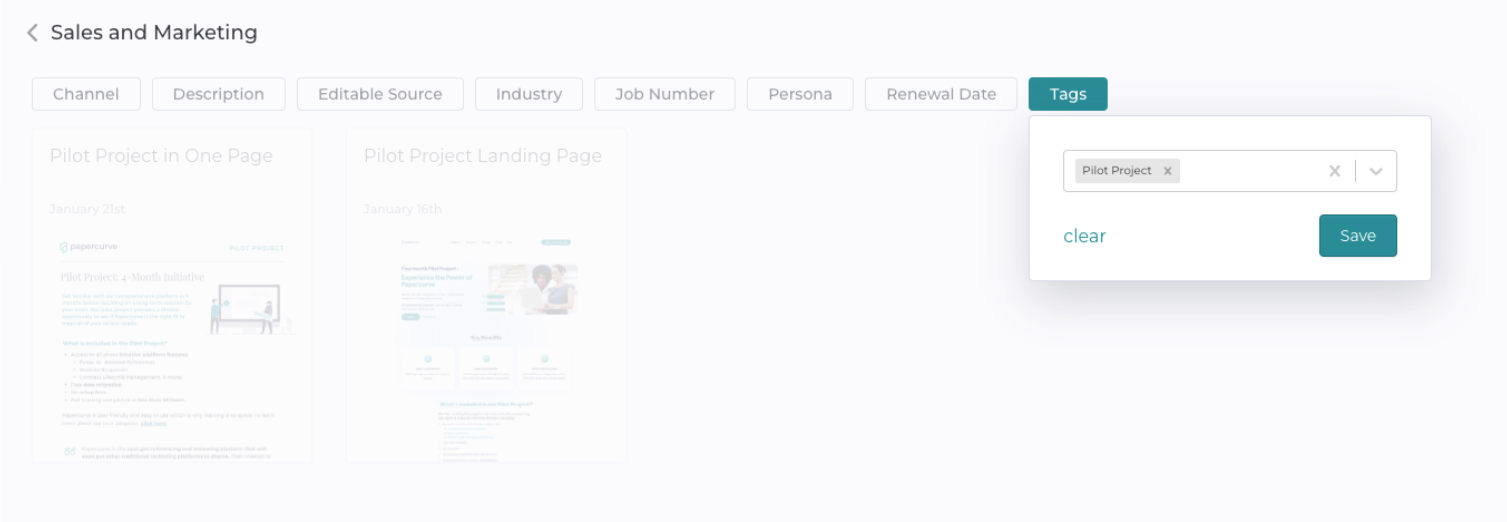
7 Reasons to Migrate Your Data to a Central Repository
From securing your content to increasing productivity and organization within your team, we'll cover all the advantages of migrating your data to a digital central repository. If you're seeking a more efficient solution for managing your team's life science documents, contracts, policies - this article is for you.
Now, imagine this:
Your manager has requested that you locate a file that a former colleague placed in the team folder from the previous year. As you gaze at the computer screen, you realize that you have no idea where to start searching.
Attempting to sift through an overwhelming amount of information from multiple years could take longer than starting from scratch and recreating the file yourself. Typically, the way in which files are organized and stored in folders is only clear to the person who placed them there.
No two minds think alike, and it becomes challenging to remember where a specific file or folder might be located, even if you had placed it there yourself.
And what if that document was stored on a hard drive or on a former colleague's desktop? Retrieving it would be next to impossible.
Not having a well-designed system in place for storing files not only causes inefficiency but also poses significant risks to the organization, including the potential loss of important documents and a lack of coordination among different teams and departments.
The solution:
One central repository for ALL of your content.
The most effective way to keep your organization's content organized is to keep everything in one central location - any type of file, whether it be videos, contracts, images, or documents.
This way, when you need to access any specific file, you can be certain of its location and quickly retrieve it.
A centralized data repository with advanced search functionality, custom notifications, and a user-friendly interface ensures that all files are easily accessible, organized, and protected. This improves time management, boosts productivity, and eliminates the risk of losing important documents.
According to Papercurve users, the platform serves as an ideal central repository for all of their content, making it easily accessible with minimal effort. They have found it to be a go-to solution for managing and organizing their data, and have come to rely on it as an essential tool in their workflow.

Why your team needs a Digital Central Repository
- Security: A central repository guarantees the safety and security of all content by implementing custom permissions that limit access to specific files. Only authorized individuals or departments are able to access the documents. For instance, some can have read-only access or full authoring capabilities.
- Version Control: All content stored in the central repository is always up-to-date with the latest versions, ensuring that you are always working with the most current information. The version history is easily accessible, allowing you to review previous versions and ensure that no unauthorized changes have been made.
- Automation: Set custom date reminders for important deadlines on content such as contracts, so you can be notified when significant events related to your content are approaching (contract expiry, warranties, and other key events)
- Content Properties: You can enhance your content organization by customizing unique properties for every file, such as job numbers, dates, tags, brand, etc. (Papercurve can implement any custom property you may need for your content)
- Filters: Filters are a powerful tool to help you quickly and easily sift through content to find what you're looking for. By using metadata as an additional set of data, you can define your search criteria in a more refined and accurate way. Similar to searching for a flight, where you wouldn't search by flight number but rather by date, airlines, and airports, Papercurve allows you to filter by a variety of fields/content properties.

- Workspace Search: Easily locate any type of document you may be looking for by searching by specific keywords or content properties (owner, job ID, title). Papercruve’s Workspace search allows users to search through the whole database, for all documents even if they are still in draft and not yet approved. Each library also has its own search function for searching within that specific library.

- Consolidated view of all content: View the comprehensive overview (table view) of all content and details within a particular library and sort them by relevance.

Implementation
You may believe that migrating all your content to a central repository would be time-consuming and complicated, but that is not the case. With Papercurve, migrating your data is simple, we can help you migrate your content quickly and securely.
In addition, we offer assistance in creating custom content properties for your files, or if you already have a specific process in place, we can integrate it into the application. Our customer success specialists are also available to train your team on how to use the platform effectively.
You will never have to worry about not being able to find content, ever again.
Download our Data Migration white paper for all the information on the simple process of migrating your data into our central repository.
To get started or if you have any questions, book a discovery call!









